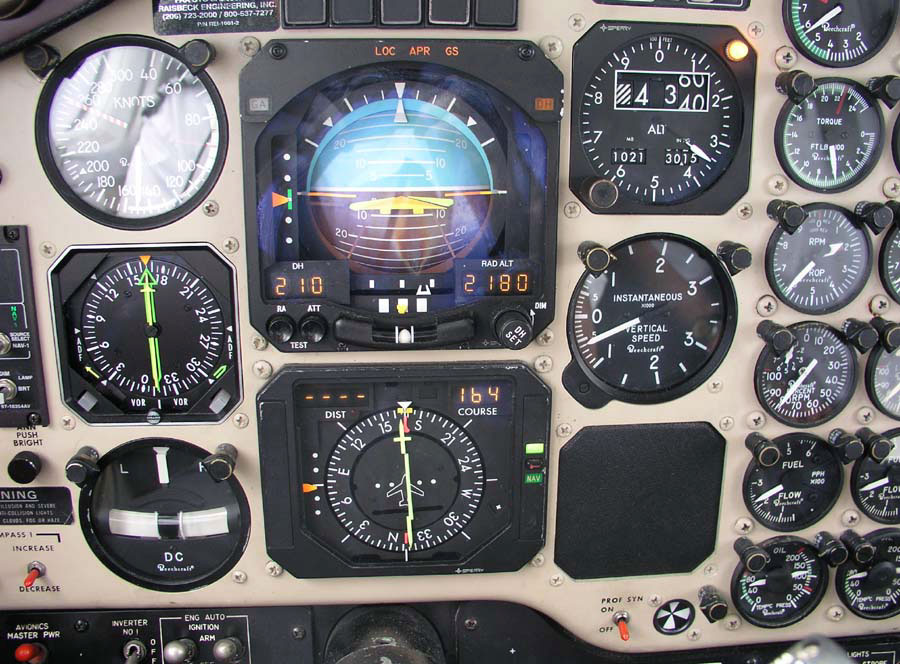Posted By: BeachAV8R
LOMAC/FC: Training Mission #03 - 12/18/06 11:16 AM

Continuing with the theme of learning basic aircraft control today we’ll explore more thoroughly navigating in the Su-25T and utilizing the multiple modes of the ACS-8 (Automatic Control System) autopilot. This mission was developed by Richard “Ironhand” Sorochak and for those unfamiliar, I’d highly recommend a visit to his awesome site that contains a wealth of information for both the neophyte LOMAC pilot and the experienced alike: http://flankertraining.com/ironhand/index.html The only changes I made to the mission was to substitute the Su-25T for the straight Su-25, and to make the mission require a take-off and landing.
Download the mission here: http://www.mudspike.com/lomac/simhq03.zip
Ironhand’s navigation training mission is an excellent way to practice using the instruments in the –T to learn to properly fly a mission profile. Being a strike pilot you are often required to hit your target at a very precise time for many reasons, chief among which are deconfliction with other aircraft in the area and also to assure you arrive on target in concert with other allied actions (jamming, SEAD flights, etc.). Our route today consists not only of waypoints, but also contains structures for us to fly over to show us that we are indeed on the correct path. Ironhand has sprinkled a few components of the S-300 SAM site along the route to give us reference points. These are only passive structures however, and there will be no threat to our passage.

Again we’ll be flying with clean wings with no ordnance; probably a wise decision for us button searching rookies.

After departing Maykop we head out to the northwest picking up the course line to the first waypoint. I’ve drawn the yellow course line on the map to show the flight planned route between the home base and waypoint #1. The HUD reflects the fact that we are on the proper course because the round director circle is centered in the HUD. Additionally, you can see the dual needles on the HSI are aligned with each other indicating we are on course.

To demonstrate how the needles show your position relative to the proper course, I’ve turned off-course for a few kilometers to illustrate how to interpret the needles. The important thing to remember is that you have two different needles that are giving you two different navigation solutions. The fat, white needle is your Programmed Course Needle and it always shows you the preflight planned course between two waypoints. Think of this needle as one you could lay down on your map and it will always align with the waypoint you are currently flying from in the direction of the waypoint you are flying to. It does not move or rotate unless you actually select a different set of waypoints. The skinny, yellow needle is the Next Waypoint pointer and it always points to the waypoint you have selected to navigate to. This needle is a “homing” needle in that it will continue to move as you fly around continuously pointing toward the selected waypoint. On the following map you can see that 45 degrees away from the intended track between the home base and waypoint #1. You can also intuitively see that in order to fly directly toward the waypoint I would obviously have to turn less to the right than I would if I wanted to get back onto the actual course line between the waypoints. That is why the Programmed Course Needle and the Next Waypoint needles are split. Only when the two needles are aligned are you actually on the proper path between waypoints. You can also see that the HUD director circle is showing that we need to fly to the right in order to get back on course.

Why is being on the proper path important? There are several reasons. In the real world deconfliction is one of the primary reasons. Wartime airspace can be very crowded and the possibility of a midair collision in congested airspace is a very real concern. Being where you are expected to be is an important tool in keeping you from trading paint with aircraft on other missions. The other good reason for staying on the proper flight planned path is that it is likely your pre-programmed route takes into account things such as terrain masking and avoidance of high threat areas as well as post-strike escape paths. By flying off course, you could be flying yourself into an enemy or friendly air defense zone!
In order to correct the needle misalignment, and get back on the proper flight path, I’ve taken up a heading of 330 to reintercept the flight planned path. The speed at which you get back on course depends directly on the intercept angle you choose: a shallow intercept (10 or 15 degrees) will get you back on course slower than a large intercept angle, 90 degrees being the greatest. Common sense says that somewhere between those extremes is probably prudent, perhaps 30 to 45 degrees. In the following graphic you can see in the top HSI I’ve taken about a 45 degree “bite” to get back on course. How do I know that I’m getting back on course? The skinny, yellow needle starts a bearing change toward the fat, white “course” needle. The bottom HSI reflects that bearing change a minute or so later as the yellow needle has “fallen” toward the course needle. When both needles lie on top of each other, you are back on course and can turn back direct to the waypoint. Winds aloft would complicate matters slightly, requiring a slight wind correction angle to keep the needles glued together, but for now we are working with light or non-existent winds aloft.

Reaching the first waypoint I turn right to pick up the next course between waypoint #1 and #2.

Argh - into the rising sun! Where is the sun visor in this thing? Oh, it’s attached to my helmet!

Cont…



















